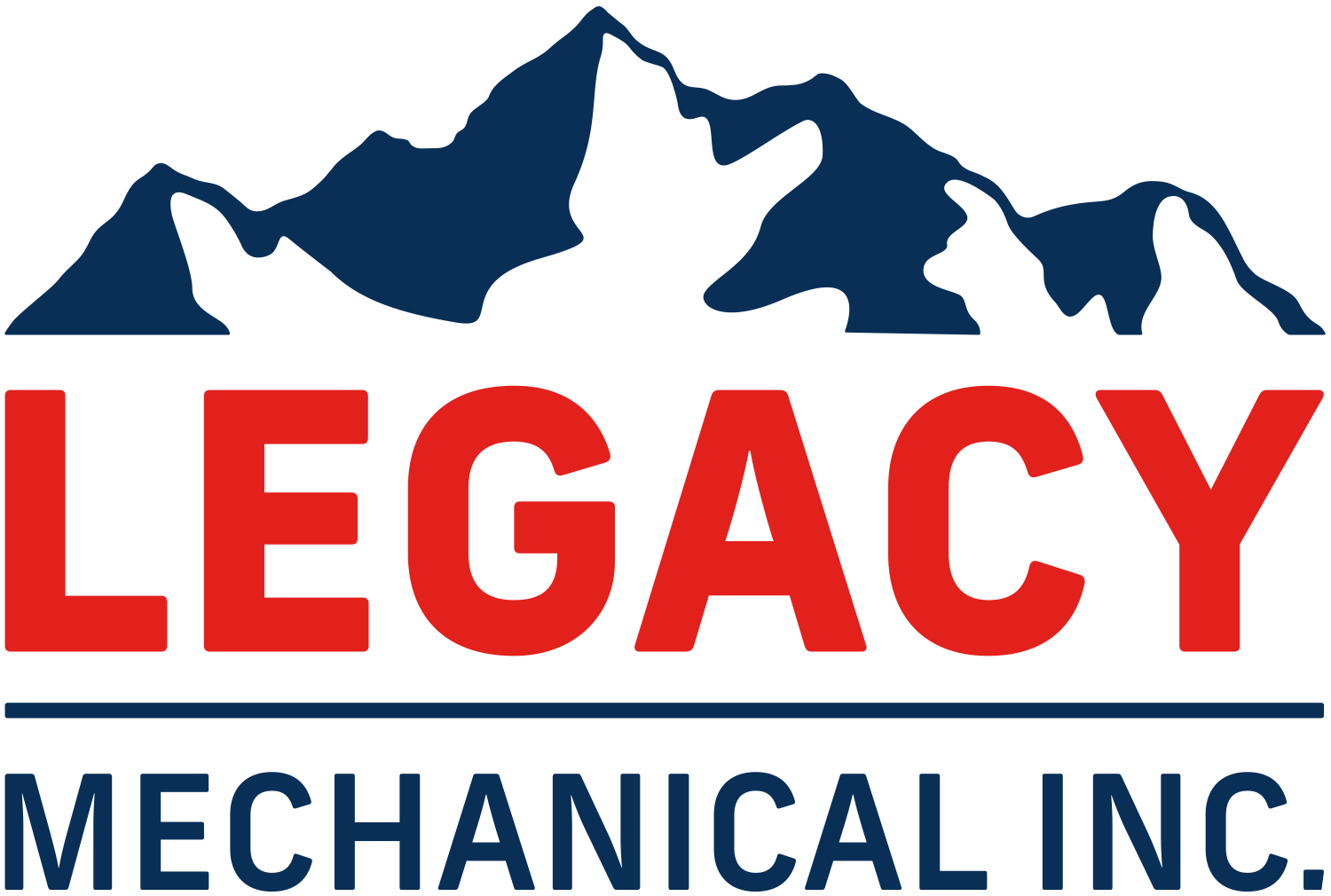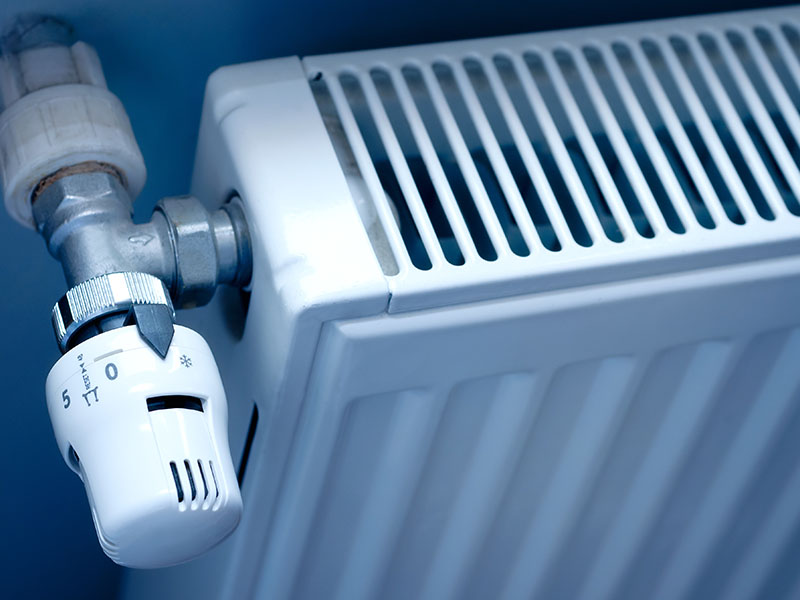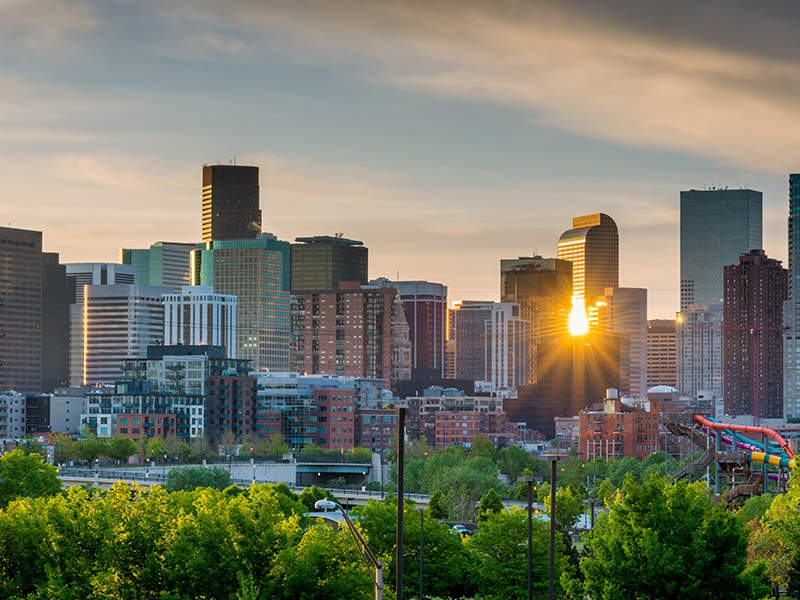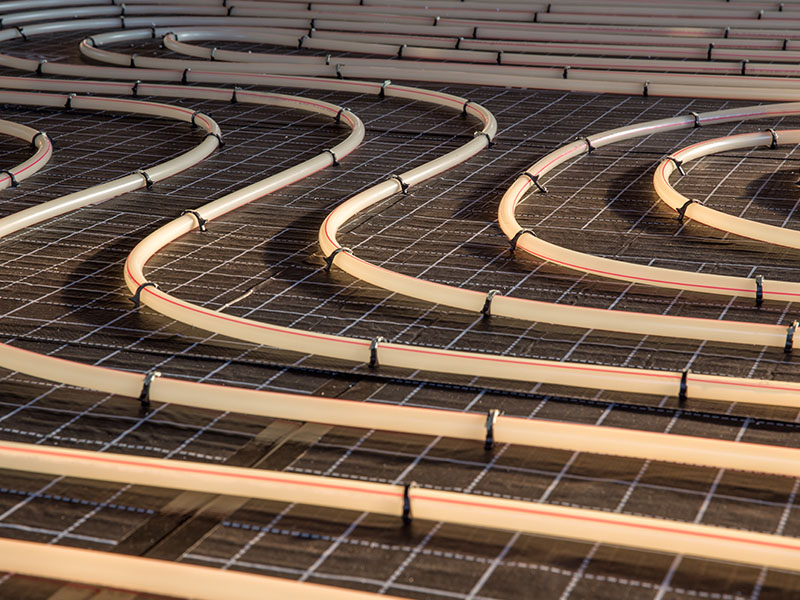The Denver area has a moderate climate for air conditioning needs, so a heat pump may be more useful for business and home owners than a full HVAC unit. Heat pumps move air from a cool space to a warm space, instead of generating hot or cool air with electrical resistance. With a heat pump, you can heat and cool your home for a quarter of the costs of traditional HVAC solutions, according to the Department of Energy. In this post, we’ll explore the different types of heat pump systems, as well as heat pump maintenance tips..
Types of Heat Pumps
The main types of heat pumps are air-to-air or air source heat pumps, and geothermal, which encompasses water and ground source heat pumps. Each type has its own subtypes and advantages.
- Air Source: An air source heat pump moves warm air from a cool place to a warm place. In the summer, it removes heat from a building or house and moves it to the warmer air outdoors. When temperatures drop in the winter, it brings warm air in from outside to heat indoor living spaces and workspaces. Air source pumps are definitely capable of heating buildings and homes during Colorado winters as easily as they cool them during the summer. This system’s technology has improved enough in recent years that these systems are now used in regions that experience extended periods of subfreezing temperatures. The different types of air source heat pumps are:
- Ductless: Requires a three-inch hole through the wall for installation, which connects the indoor heads to the outdoor condenser.
- Ducted: Requires ductwork and can be added to a building or home that already has a ventilation system.
- Short-Run Ducted: Requires ductwork, but only runs through a small area of the building or home. This subtype can complement a ductless heat pump system.
- Split-System: Split-system pumps have one coil inside, and one outside, and supply and return ducts connect to the central fan inside. The majority of air source heat pumps are split systems.
- Packaged: Packaged system pumps often have coils and the fan outside. They transfer heat or cool air inside through ductwork that passes through a wall or a roof.
- Multi-Zone: Designed for multiple rooms or areas. Has multiple indoor heads matched to one outdoor condenser. This allows a multi-zone system to heat or cool each zone to separate comfort levels.
- Single-Zone: Designed for a single room. Has one outdoor condenser matched to one indoor head.
- Geothermal: Geothermal heat pumps (GHPs) include water-source and ground-source heat pumps. These pumps exchange heat energy from the building with that from the ground or water as generated by the earth’s temperature, rather than pulling it from outdoor air. The pump can pull the heat from the ground and water several feet below the surface, because at this level, the ground and the water are warmer in the winter and cooler in the summer than the outdoor air is. This type of heat pump has been around since the late 1940s, and while it’s often more expensive to install than an air-source pump, it can offer you five to 10 years of energy savings. The different types of geothermal heat pumps are:
- Closed-Loop: A closed-loop system heat pump circulates an antifreeze solution through tubing that is either buried in the ground or submerged in water, where it conducts a heat exchange with refrigerant in the heat pump itself. A few subtypes of closed-loop systems exist: horizontal, vertical, and pond/lake configuration.
- Open-Loop: This is a water-source system that uses surface-level or well water as the heat exchange fluid that circulates through the heat pump’s tubing. After circulating through the pump’s system, the water returns to the ground through a well or through surface discharge. You must have a reliable source of clean freshwater and comply with local codes and regulations to use an open-loop system.
- Hybrid Systems: These operate by using multiple geothermal heat sources or a combination of geothermal and air-source heating and cooling methods, such as a cooling tower.
Heat Pump Maintenance
Performing preventive maintenance checks on your system will save you a lot of time and money on heat pump repairs in the long run. Proper heat pump maintenance includes:
- Checking and cleaning air filters, blowers, ducts, and indoor coils.
- Checking for and repairing duct and refrigerant leaks.
- Inspecting electric terminals and tightening the connections if necessary.
- Lubricating motors.
- Inspecting belts.
Denver Heat Pump Services
If you are interested in having your building’s heat pump repaired and maintained, contact us today. We can inspect all of the aspects of the heat pump so you stay cool in summer and warm during snowy Colorado winters.




